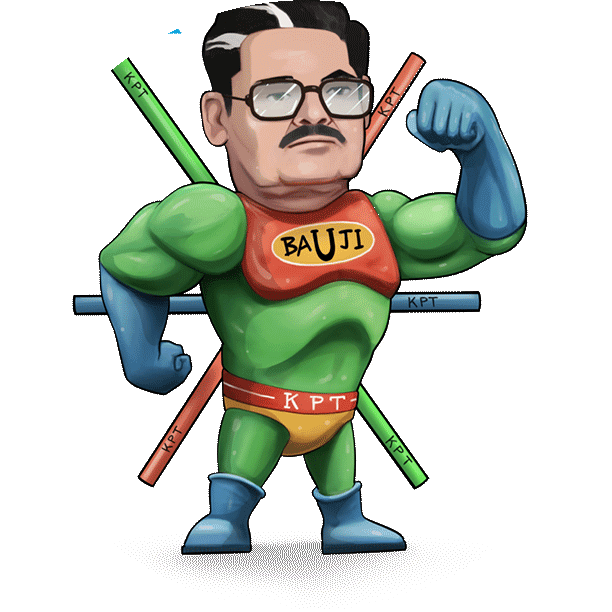
13 Mar Is PP-RC Pipe more Resistant to Temperature changes than CPVC Pipe?
PPR Piping Systems was developed by AQUATHERM, Germany in the year 1980 and that marked as a revolutionary period for the Piping Industry. Already existing CPVC pipes lacked various requirements of the customers in terms of strength and range available. Therefore, PPR Pipes soon became one of the most reliable piping systems in the world and is the most used material for Industrial and Household Piping.
Let us now delve into the properties which gives PPR a strong footing in the market.
Physical Properties:
Resistance to Low Temperature: When both PPR and CPVC pipe were subjected to 0℃ for 1 hour after which an impact test was conducted, it was seen that CPVC pipe cracked while PPR being more resistant to low temperature withstood the test with ease.


CPVC PIPE (on the left) and PP-RC Pipe (on the right) after subjecting to Pressure Test.
Resistance to High Temperature: In this test we measure how much the Pipe shrinks when exposed to high temperature (135℃) for 1 hour and then cooling it back at room temperature. CPVC Pipe contracted 4.2% while PPR Pipe contracted only by 0.7%, thus making PP-RC a better product even at higher temperature.


A reading of 100 MM after the test on both pipes, shows contraction to 96.79 MM for CPVC Pipe whereas it was only 99.3 MM for PP-RC Pipes.
PP-RC Pipes is the Temperature Resistant answer:
Greater Flexibility of PP-R Pipes and higher resistance to both low and high temperatures make it an ideal material to be used for very long service life.
With an extensive range of 16 MM to 400 MM, KPT PP-RC Pipes are made from finest Hyosung raw material and is the preferred supplier for various industries and households.
For any queries, do write to us at info@kptpipies.com


